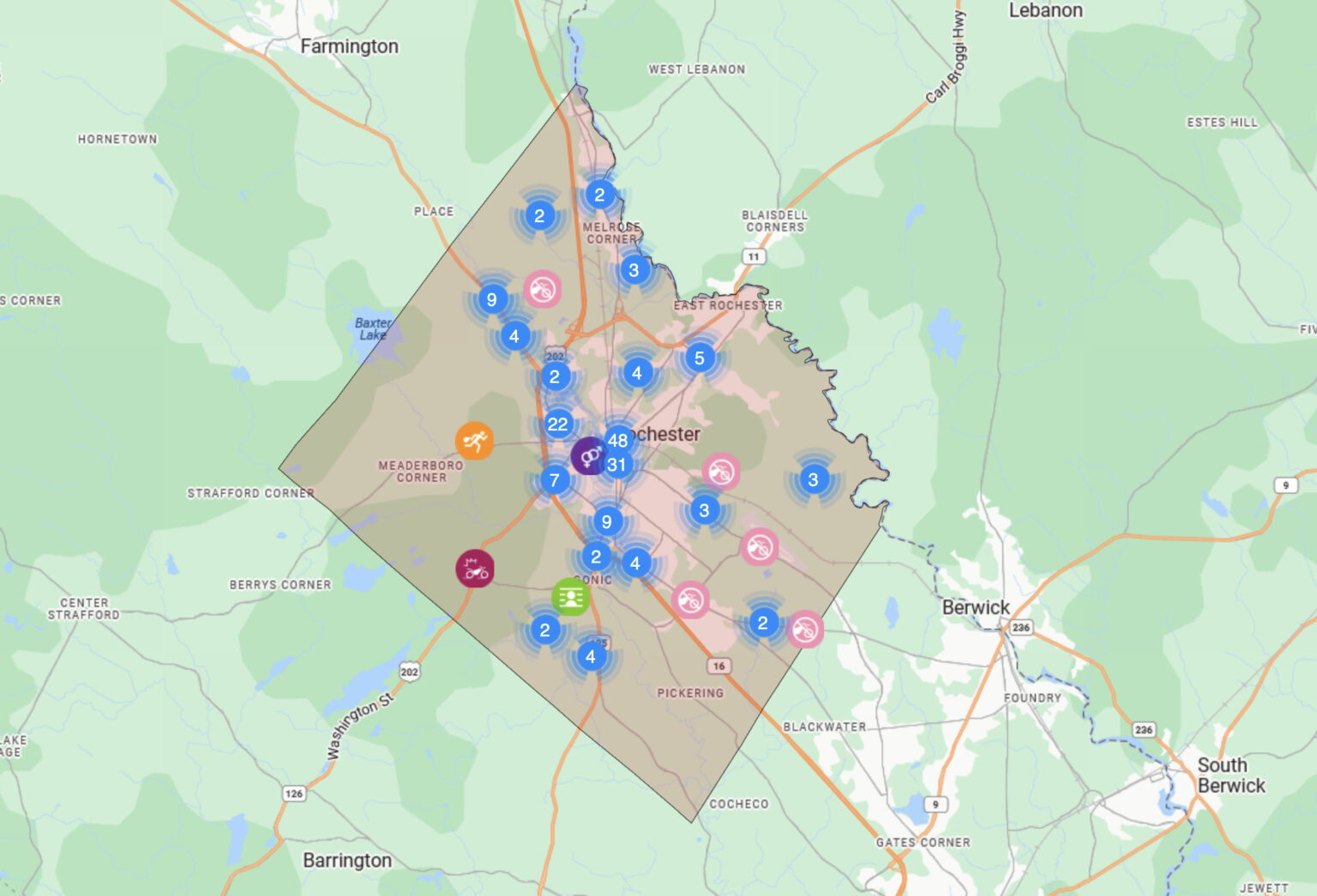👉 Click here to read the article at the original site
Police Department

The Rochester Police Department is announcing a new crime mapping feature on its website, giving residents real-time access to information about criminal activity in the community.
The new tool is part of the department’s Crime Scene Intelligence (CSI) system, which provides CompStat analysis, crime mapping, data collection, trend identification, hot spot visualization, and chart and graph generation. According to Chief Gary Boudreau, these features enhance the department’s ability to track and analyze crime patterns across the city.
Using Geographic Information System (GIS) technology, the crime map displays incidents on an interactive map, helping both law enforcement and the public visualize where certain types of activity are occurring. The tool is designed to improve transparency, support crime prevention efforts, and help residents stay informed about what’s happening in their neighborhoods.
Common offenses shown on the map include arson, burglary, disorderly conduct, driving under the influence, fraud, theft, motor vehicle accidents, narcotics violations, assaults, robbery, and other incidents. Each pin on the map provides details such as the type of crime, date of the incident, location, and case number for reference.
“Our goal is to give community members easy access to accurate, up-to-date crime information,” said Chief Boudreau. “By sharing this data, we can build stronger partnerships with residents and work together to keep Rochester safe.”
The crime mapping feature can be accessed on the Rochester Police Department website at police.rochesternh.gov.
After the Dodgers’ World Series victory in the early hours of Nov. 2, LAPD officers fired tear gas and 40-millimeter projectiles at crowds of revelers. (Photo: Jordan Rynning / LAist)
For more than ten years, Angelenos could check an online map to see when and where Los Angeles police responded to crimes, made arrests, or used force. That digital window into the department’s activities has now gone dark.
While most other agencies in Los Angeles County still post regular updates, the LAPD has quietly stopped uploading its data—and is now refusing to release it altogether.
LAist asked the department back in May for its full COMPSTAT records to verify statements made by city officials about crime and policing in specific neighborhoods. Those records include information on incidents, locations, and use-of-force reports. On Oct. 30, the LAPD formally denied the request.
Although the department has kept such statistics for over twenty years to bolster “inspection and accountability,” it now claims the public should not see the underlying numbers.
Officials argued that releasing the preliminary data would not serve the public interest because it might “cause misguided policy discussions or unnecessary alarm.” The department has not answered follow-up questions, and Mayor Karen Bass’s office likewise did not respond.
“That Would Gut the Public Records Act”
David Loy, legal director of the First Amendment Coalition, told LAist that this justification is unlike any he’s encountered.
“They can’t keep data secret just because they’re afraid the public might misunderstand it,” Loy said. “If that argument stood, it would essentially dismantle California’s Public Records Act.”
The law allows certain exemptions—for instance, protecting personal information or active investigations—but there’s no carve-out for withholding raw statistical data.
The LAPD’s claim leans on the statute’s ‘catch-all’ exemption, which lets agencies withhold a record only if keeping it secret clearly serves the public more than releasing it would.
Loy said that reading the rule this broadly “would swallow the whole act,” enabling governments to hide anything that doesn’t fit their preferred narrative.
“The city is entitled to tell its story,” he said, “but the people are entitled to see the data and decide for themselves whether to believe that story—whether it’s about crime, zoning, garbage collection, or anything else city hall handles.”
Reach the Reporter
Have a tip? You can contact Jordan Rynning on Signal (username jrynning.56) or by email at jrynning@scpr.org.
A Record of Data Problems
Ironically, the department’s own record-keeping troubles underscore why public oversight matters.
- In 2015, a Los Angeles Times investigation uncovered widespread misclassification of crime reports that had long made the city’s crime rate look lower than it was—a finding later confirmed by the Police Commission’s inspector general.
- In 2020, an internal audit found officers had entered false gang-affiliation data into the statewide CalGang database.
- By 2021, the LAPD failed to meet the FBI’s deadline to shift to the National Incident-Based Reporting System (NIBRS). Although announced in 2018, the LAPD didn’t start transitioning until March 2024, pausing public updates for months.
- And in August 2025, the department told LAist its arrest-tracking system was “unavailable due to structural errors and duplicate entries.”